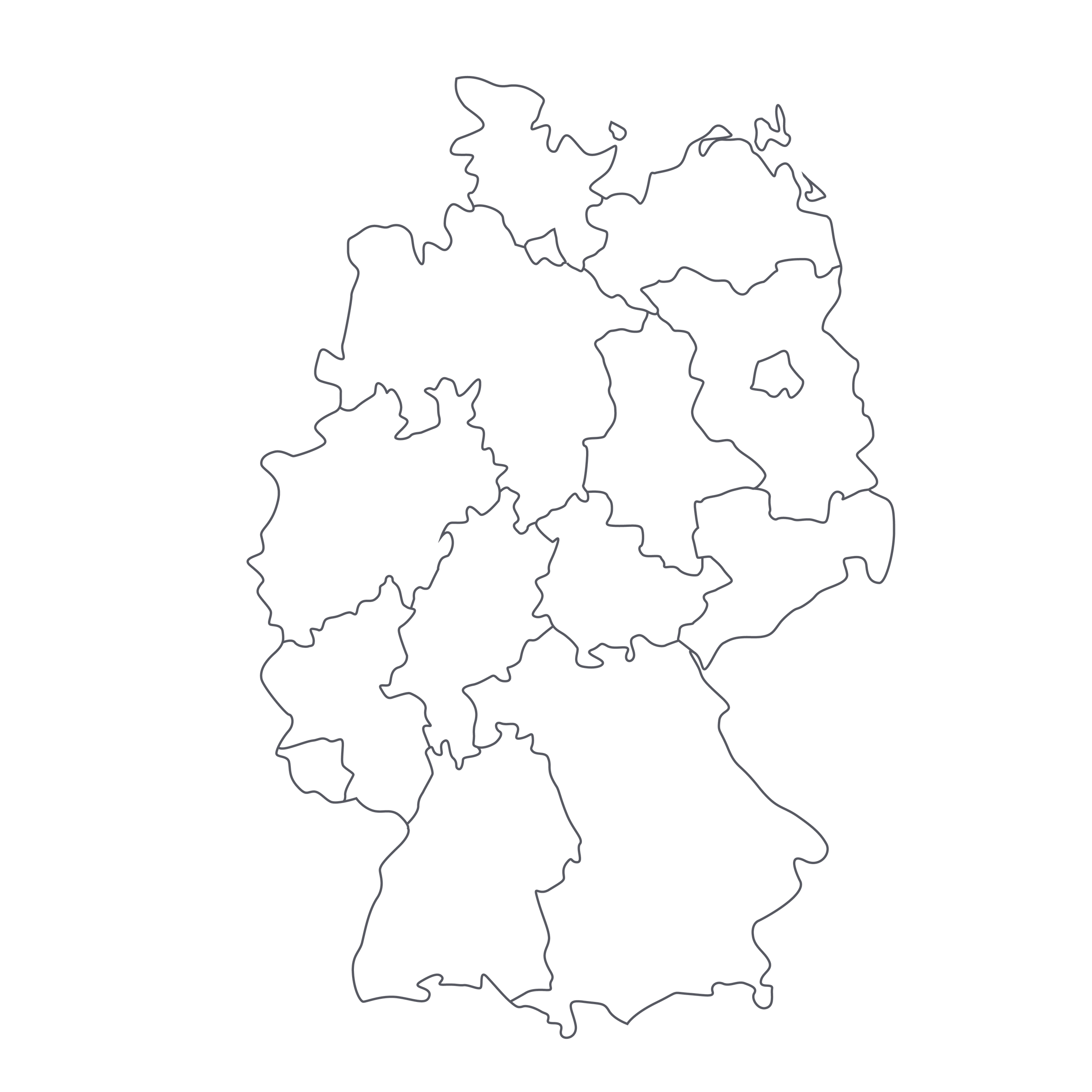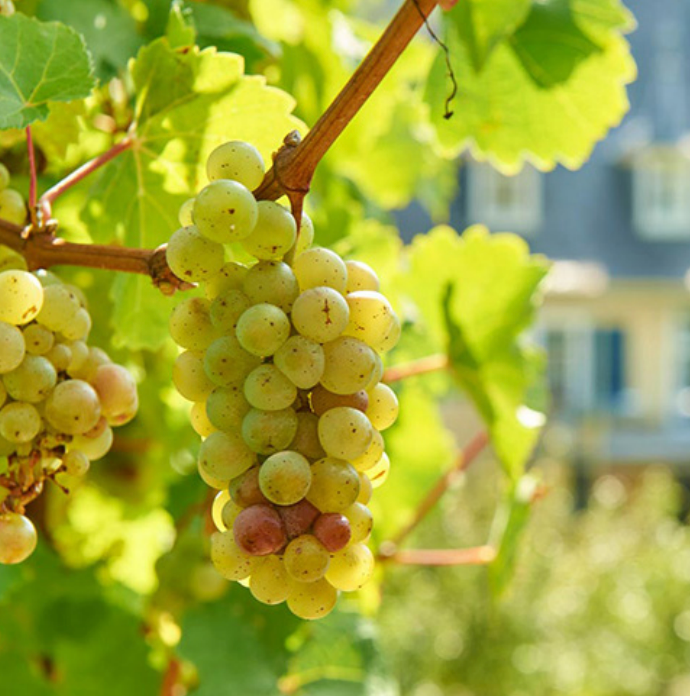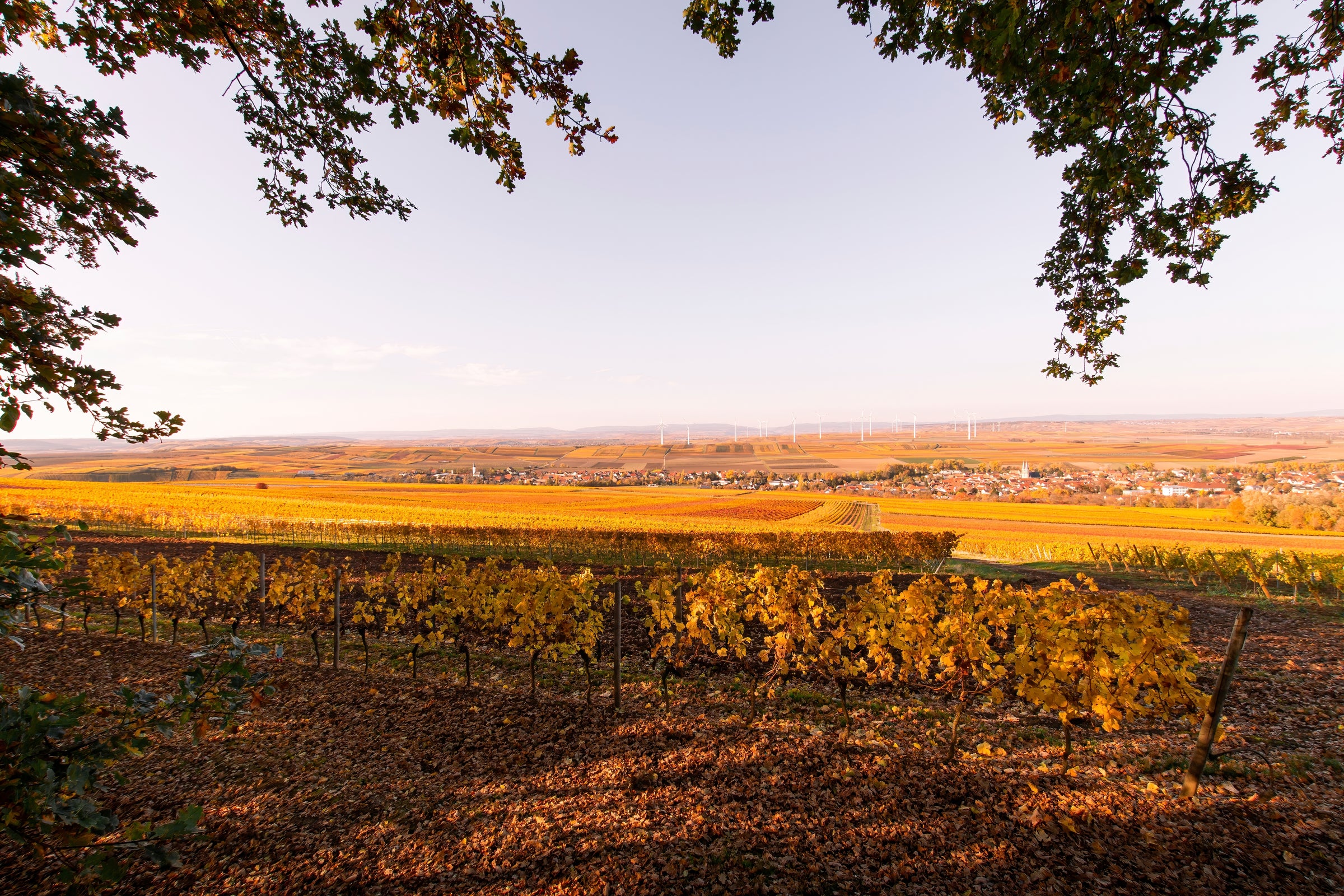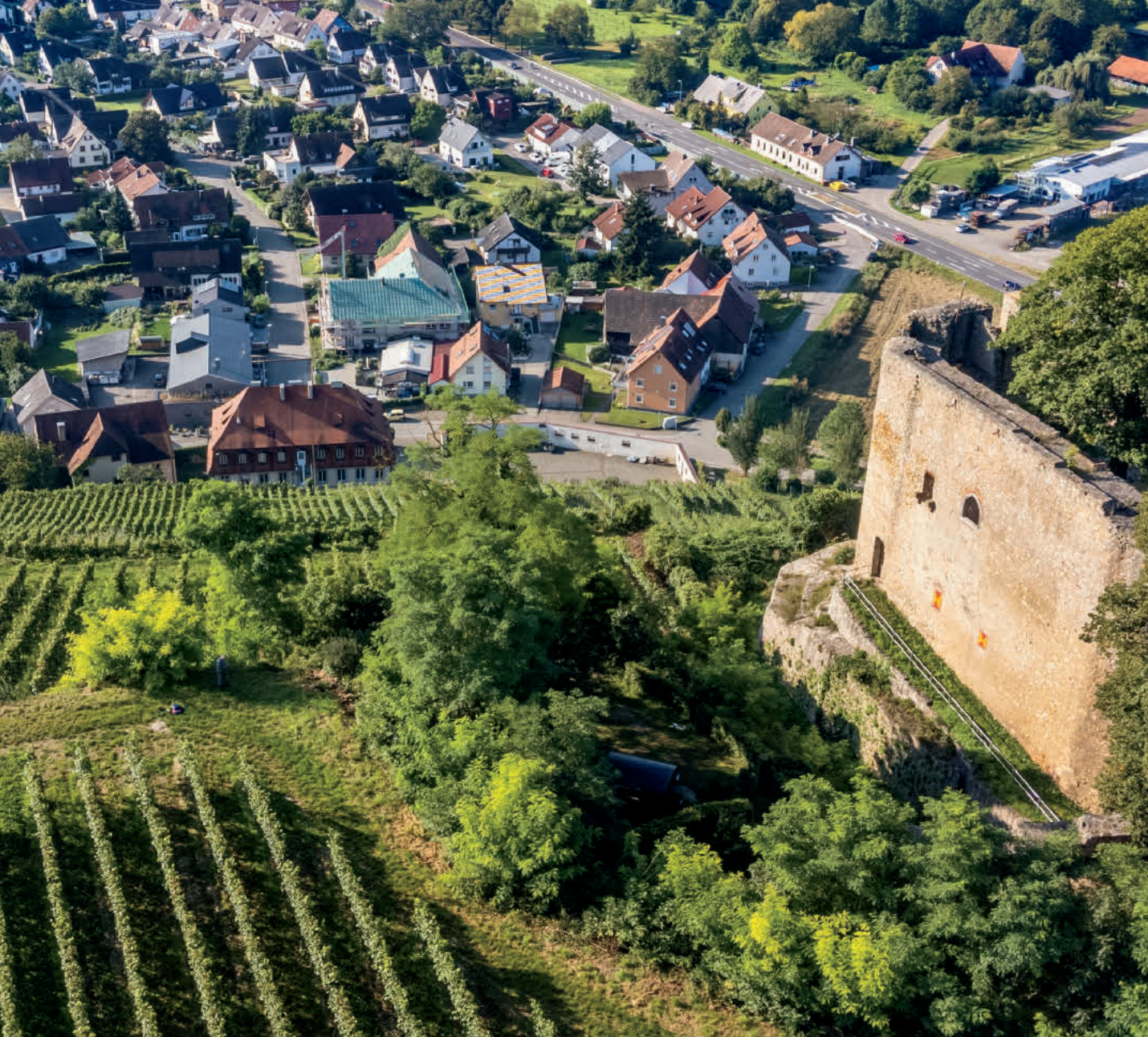Great German Riesling is beloved by sommeliers because drinking it is both a sensual and intellectual exercise. Perhaps no other wine challenges what you think you know about the subject quite like the type of Riesling we’re offering here: Normally, we think of the relationship of sugar and acidity as an inverse one, but not with German Riesling.
And then there’s the difference between actual sweetness and perceived sweetness, which not only varies from taster to taster but changes over time. This wine carries the spätlese designation, which, unless you also see trocken (‘dry’) on the label, guarantees you some perceptible sweetness in the wine. And yet this wine from Dr. Wagner, from an acclaimed vineyard site along the Saar River, seems to have gotten less sweet as it has aged in the bottle (another way Riesling defies convention). So, what we have here in this 2008 “Saarburger Rausch” Riesling Spätlese is a heady, soil-expressive, palate-coating white wine that doesn’t really read as a ‘sweet’ wine, nor as a conventionally ‘dry’ wine, but as something curiously, deliciously in-between. This is a white wine experience every wine lover should have, and at this (shockingly low) price, everyone can. I go crazy for this stuff, as longtime subscribers know—and I’m confident that you will, too!
Weingut Dr. Wagner is yet another example of the rich wine history to be found at every twist in the rivers that define German wine culture. The estate is in the village of Saarburg, about 15 kilometers south of where the Saar meets the Mosel, and traces its history to the end of the 19th century. Today, the 5-hectare property is run by fifth-generation Christiane Wagner, and among the estate’s key vineyard holdings is a piece of “Saarburger Rausch,” a site also favored by Wagner’s neighbor, Zilliken. “Rausch” translates as “intoxication,” and while it is intoxicating to look at its dizzying 40%-60% slopes, the Wagners note that the name was derived from local dialect, rusche, for gravel. Saarburger Rauch is indeed stony and geologically diverse, featuring a predominance of layered Devonian slate that allows vines to burrow deeply into what is effectively a sheer rock face.
This 2008, now with some bottle age under its belt, is a fascinating bottle of wine—just 8% alcohol and yet making a huge impact on the palate. In the glass it is a deep, shimmering gold, with evident viscosity as you swirl it in the glass. The aromatics are powerful and incredibly varied: blue plums, wet stones, damp violets, peach pit, and lots of ‘petrol’ jump from the glass, carrying through onto the nearly full-bodied palate. What’s most intriguing is how the still-vibrant acidity, combined with time in bottle, have conspired to make this wine feel almost dry. It is rich and palate-coating but also steely and stony…just mind-bending in general and ready to open and enjoy now. Serve it in big glasses (Burgundy or Bordeaux stems) to fully unleash its aromas, and pair it with a spicy, fragrant foil like a Thai green curry. When wine-meets-food like this, fireworks ensue. Enjoy!






